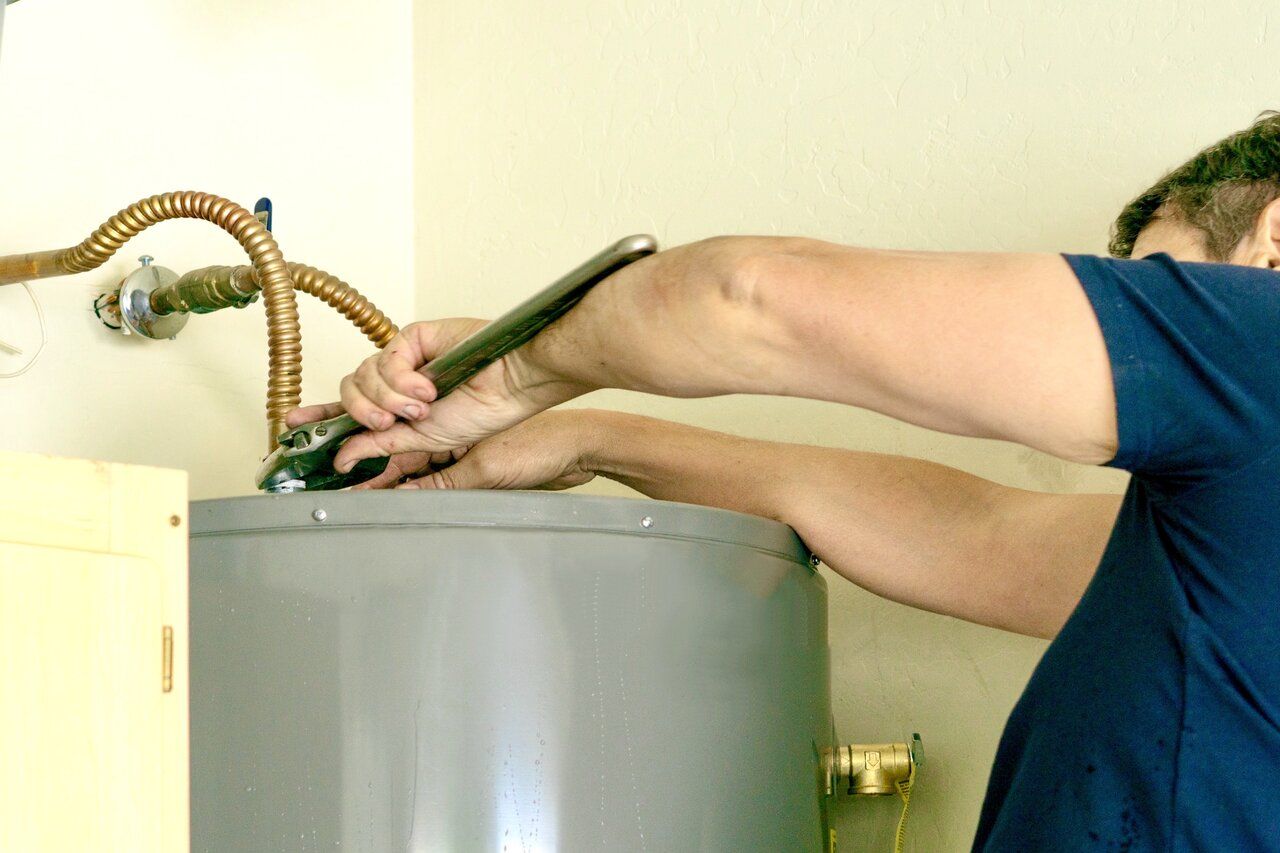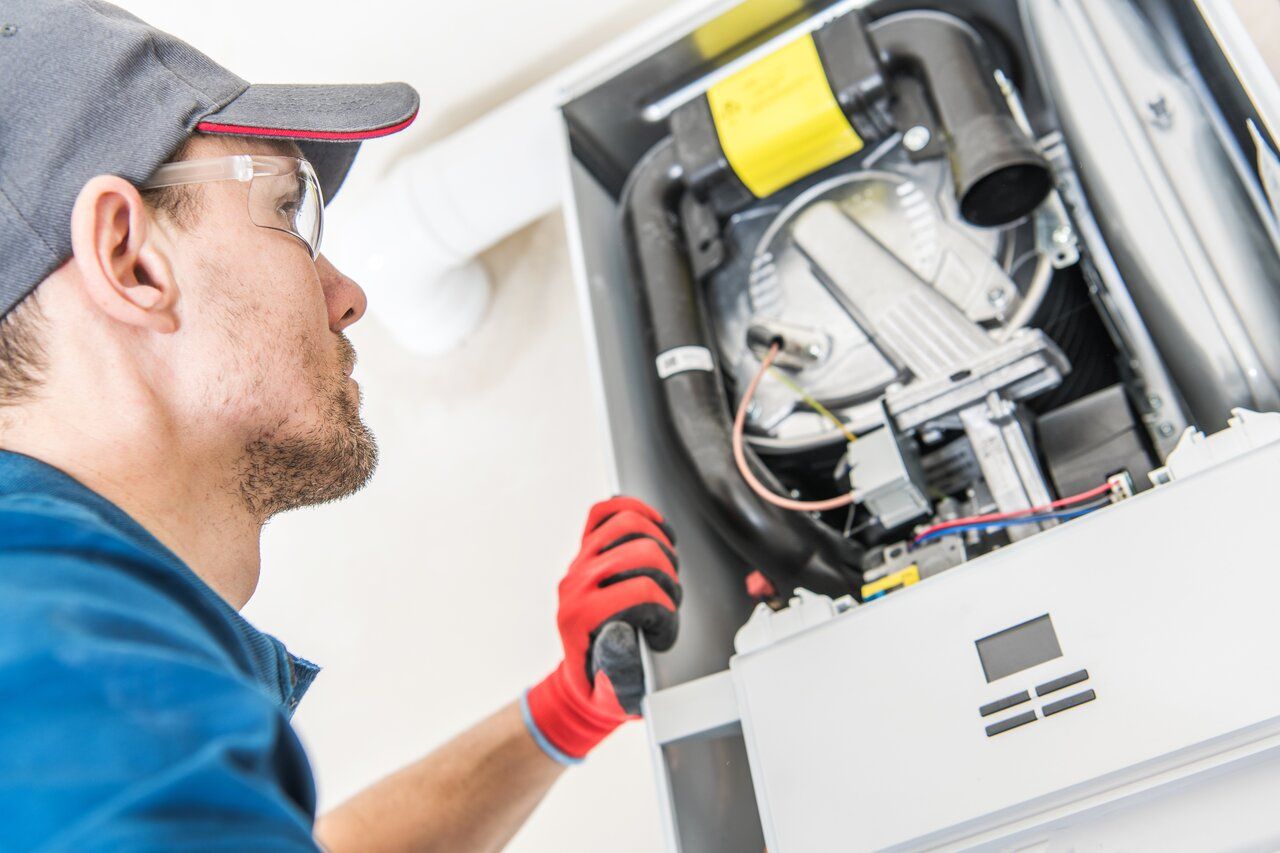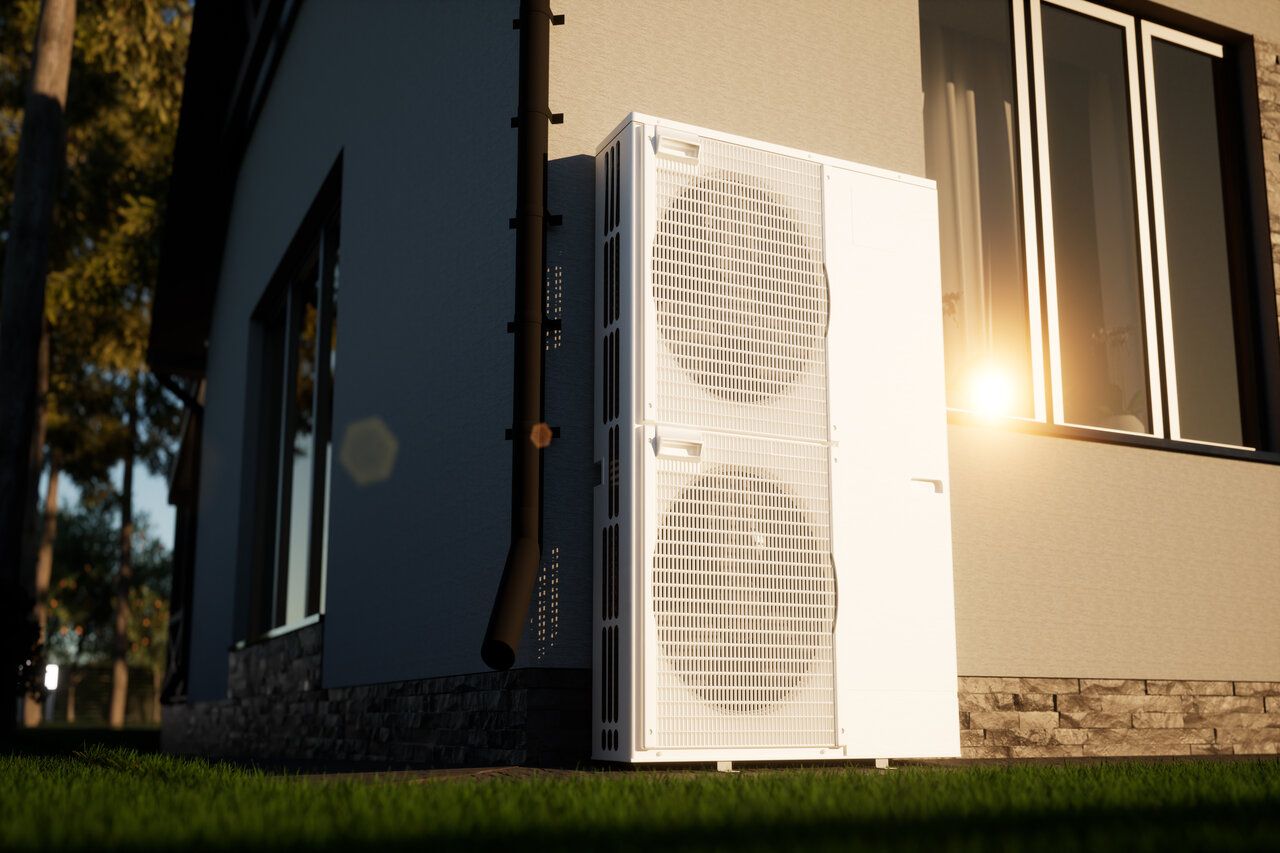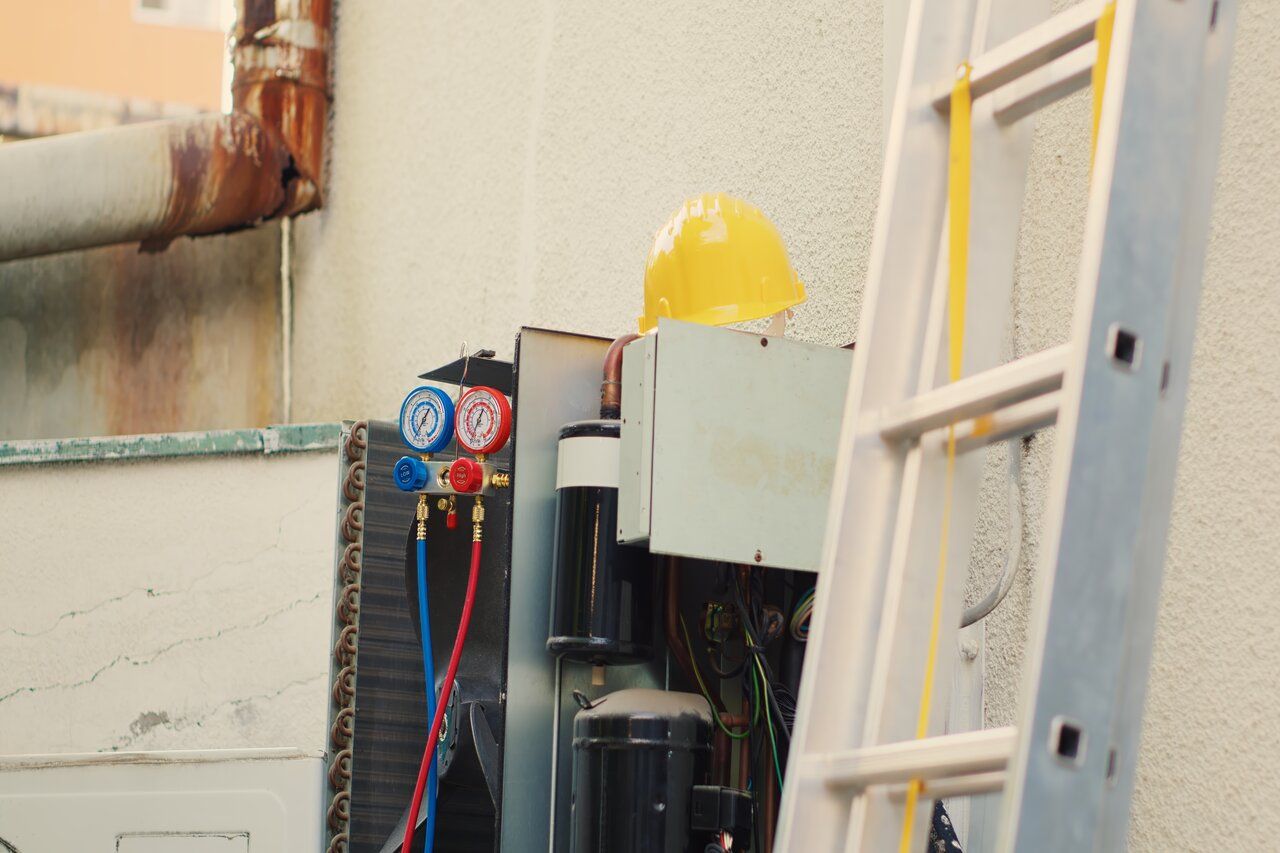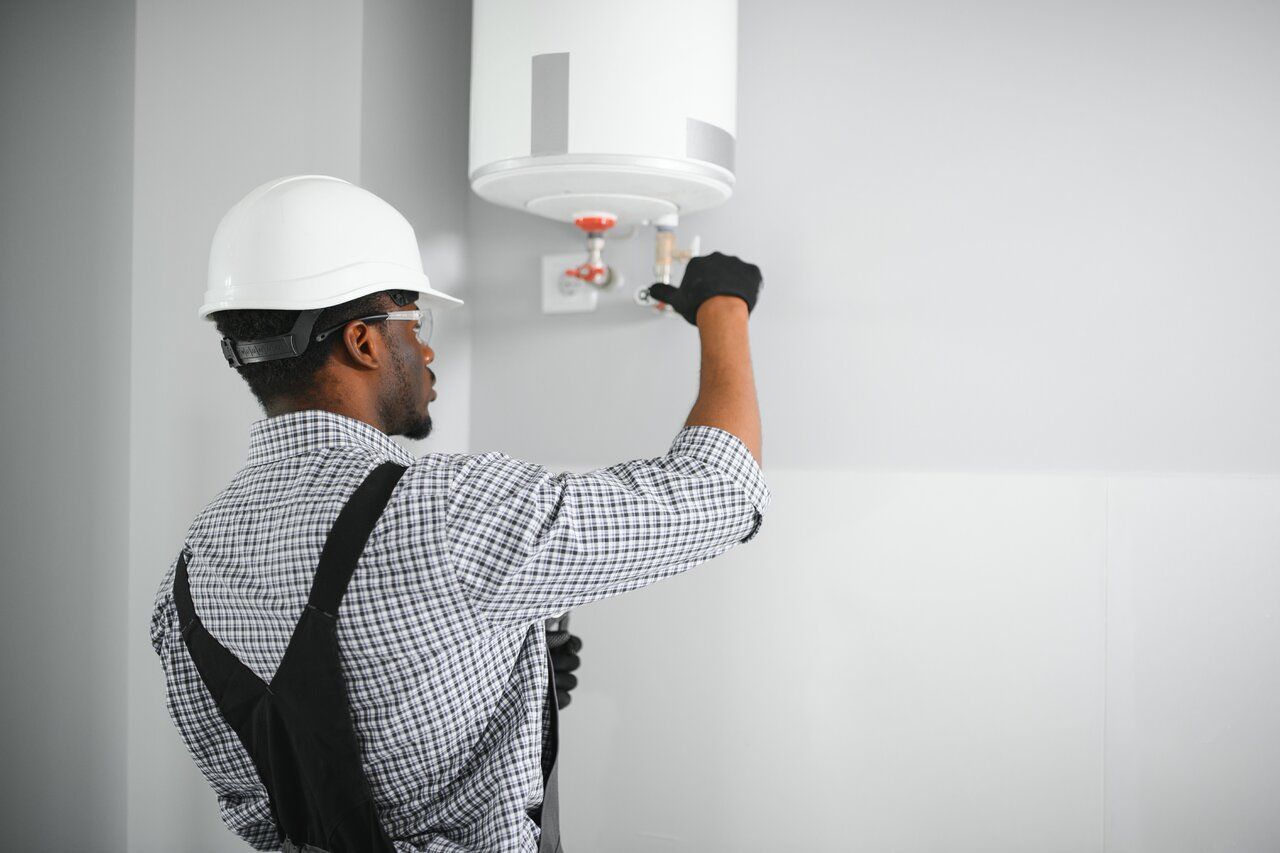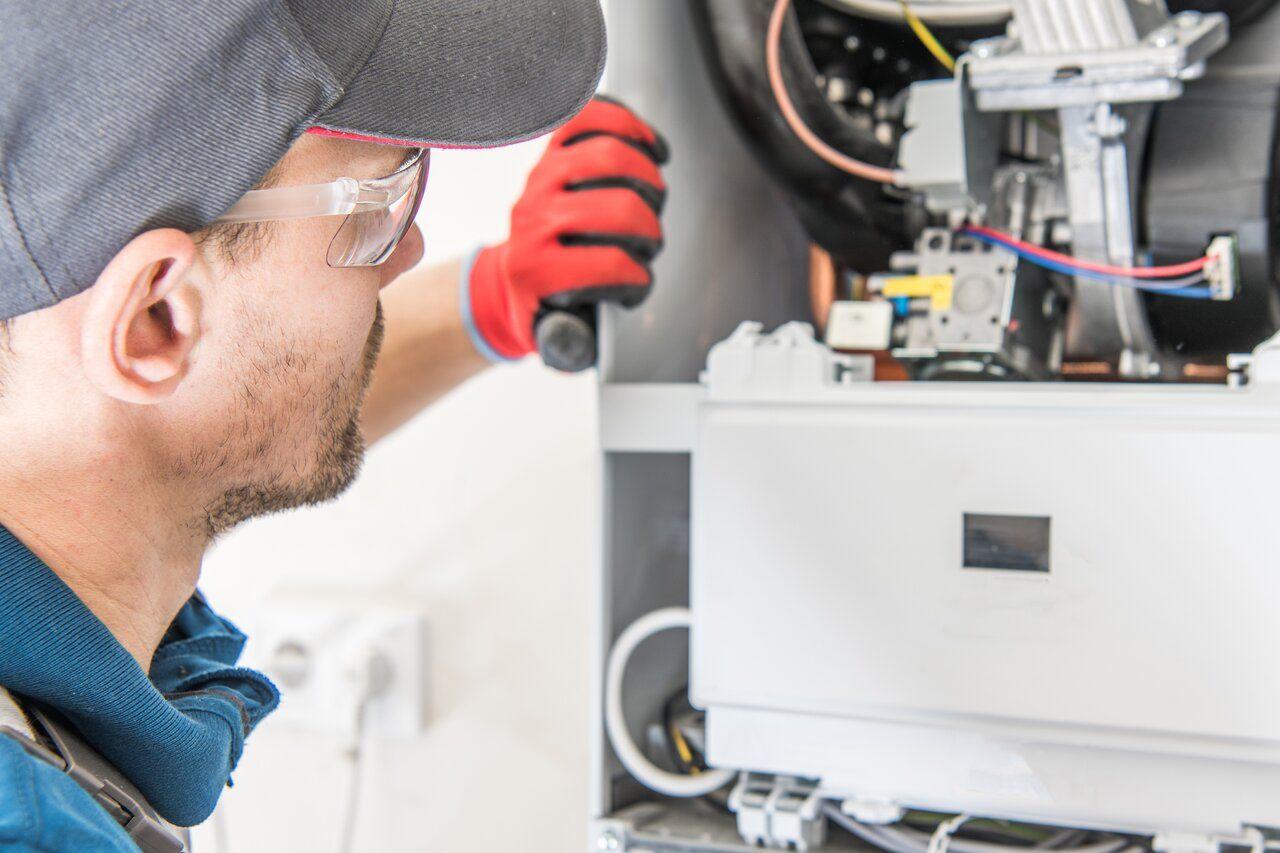
The Hidden Dangers of Indoor Air Pollution in Homes
When we think about pollution, our minds often picture smog-filled city skylines or industrial smokestacks. However, the air inside our homes can sometimes be just as polluted, if not more so, than the air outside. Indoor air pollution is a hidden danger that many of us overlook, yet it significantly impacts our health and well-being. Understanding and managing the quality of the air we breathe indoors is crucial for maintaining a healthy living environment.
We at One Stop Heating and Air Conditioning believe in providing our clients with the best HVAC services and the knowledge to help them maintain a healthy indoor atmosphere. The air inside your home can harbor a variety of pollutants, from common dust and pet dander to more harmful substances like mold spores and volatile organic compounds. Recognizing these hazards and knowing how to address them can dramatically improve your indoor air quality.
Keeping your indoor environment clean and fresh is not just about comfort—it’s about health. Let’s explore how you can achieve and maintain cleaner indoor air, highlighting the essential role that a well-maintained HVAC system plays in this process.
Understanding Indoor Air Pollution: Common Contaminants in Your Home
Indoor air pollution is often unnoticed but can be filled with various contaminants that might surprise you. Common indoor pollutants include dust mites, pet dander, mold spores, and pollen, which can all circulate through your home’s air. More concerning are volatile organic compounds (VOCs) emanating from paints, household cleaning agents, and even some personal care products. Besides these, harmful gases such as carbon monoxide and radon can also pose serious health risks if they accumulate inside your home.
Our homes, designed to be safe havens, might unintentionally trap these pollutants indoors. Without adequate ventilation, the concentration of these contaminants can increase and impact the air quality. Understanding what’s polluting the air inside your home is the first step towards improving its quality. Routine activities such as cooking, cleaning, and even redecorating can change the composition of indoor air, so paying attention to the details of these tasks can help reduce the chance of pollution.
Health Risks Associated with Poor Indoor Air Quality
Poor indoor air quality can pose a variety of health risks, ranging from immediate effects like headaches and dizziness to more long-term consequences such as respiratory diseases and heart problems. Individuals with asthma or allergies are particularly sensitive to indoor pollutants, as these can trigger symptoms and exacerbate conditions. Children, elderly folks, and those with pre-existing health conditions are also at a higher risk of experiencing the adverse effects of polluted indoor air.
Exposure to mold spores and damp environments often leads to respiratory infections, throat irritation, and other allergic reactions. Additionally, long-term exposure to certain VOCs has been linked to more serious conditions, including kidney, liver, and nervous system damage.
Even low levels of pollutants like carbon monoxide can result in severe health effects if not addressed quickly. Being aware of these risks underlines the importance of maintaining clean and healthy air in our homes. Our well-being depends significantly on the environment we inhabit daily, making the control of indoor air quality not just a comfort matter but a crucial health priority.
Strategies to Combat Indoor Air Pollution in Homes
Combating indoor air pollution involves several strategic interventions that homeowners can easily implement. First and foremost, enhancing ventilation is key. Regularly opening windows and doors to allow fresh air circulation significantly reduces the concentration of indoor air pollutants. Mechanical ventilation systems can be a viable alternative for those living in urban areas or regions with high outdoor pollution levels.
Secondly, maintaining cleanliness reduces pollutant sources. Frequent vacuuming with HEPA-filter-equipped cleaners can capture a wide range of particulates, including pet dander, dust mites, and pollen. Fixing leaks and using dehumidifiers is also essential to keep areas prone to moisture, like bathrooms and kitchens, free from mold growth. Additionally, consider choosing cleaning products that do not emit harmful VOCs and opting for natural alternatives wherever possible to minimize chemical exposure.
Lastly, houseplants have been shown to absorb some types of VOCs and release clean oxygen, improving indoor air quality naturally. Incorporating plants such as spider plants, snake plants, and peace lilies can be both aesthetically pleasing and beneficial for health.
The Role of HVAC Systems in Maintaining Healthy Indoor Air
HVAC systems play a critical role in maintaining a healthy indoor environment. Regular maintenance ensures that your HVAC system functions efficiently, improving indoor air quality by filtering out pollutants and controlling humidity levels. The importance of changing your system’s filters regularly cannot be overstated. Using high-quality, pleated filters can trap smaller particulates more effectively and prevent them from recirculating in your home.
Moreover, checking and cleaning ductwork periodically is important to avoid dust build-up that can harbor mold or bacteria. Integrating HVAC systems with dehumidifiers can help maintain low humidity levels, thus mitigating mold growth and consequent airborne pollutants for homes in particularly humid or moist climates.
Ensuring Air Quality with Our Services
The air you breathe within the walls of your home plays a crucial role in your health and well-being. You can create a safer, healthier living space by understanding the sources and risks of indoor air pollution in Farmington, UT, and implementing strategic measures to combat it. Remember, a proactive stance on maintenance, whether by natural means or technical solutions, can make a huge difference.
If you’re concerned about the air quality in your home, contact us at One Stop Heating and Air Conditioning today. Let our experts provide you with a comprehensive assessment and tailored HVAC services that cater exactly to your needs. We’re here to ensure that your home isn’t just your comfort zone but also your health haven.





